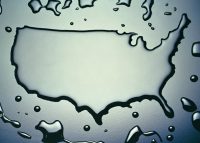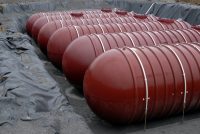The Creeping Hazards of Heavier-than-Air Vapors
Terry Reynolds, a 55-year-old Kansas homeowner, just wanted to relight the pilot light of his propane water heater on August 6, 2009. Unfortunately, the propane tank was leaking heavier-than-air propane gas into the water heater’s enclosure, and instead of lighting the pilot, Reynolds blew his house off its foundation and suffered burns over more than […]










